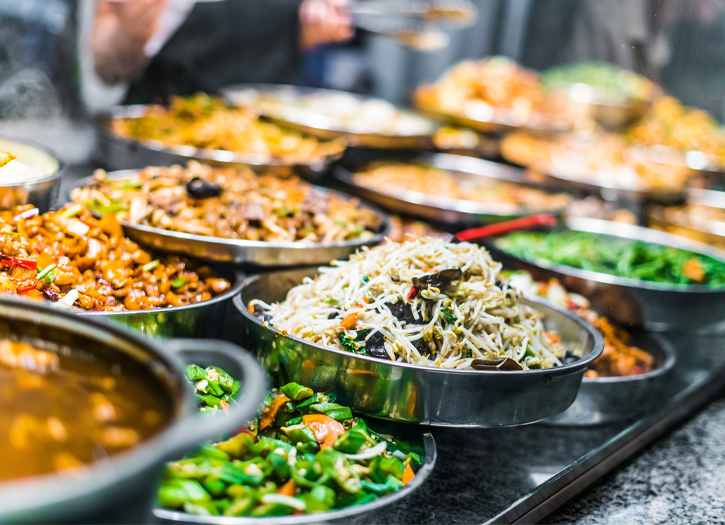The culture of Asia encompasses the collective and diverse customs and traditions of art, architecture, music, literature, lifestyle, philosophy, politics and religion that have been practiced and maintained by the numerous ethnic groups of the continent of Asia since prehistory.
However, the continent is commonly divided into six geographic sub-regions that are characterized by perceivable commonalities, like culture, religion, language and relative ethnic (racial) homogeneity. These regions are Central Asia, East Asia, North Asia, South Asia, Southeast Asia and West Asia.In many parts of Asia, rice is a staple food, and it is mostly served steamed or as a porridge known as congee. China is the world largest producer and consumer of rice. While grain flatbread were consumed in the Middle East.
Traditionally, it is a common practice in Central, South, and West Asia to eat using their bare hand. However, Western cutlery such as spoons and forks are currently being used increasingly and have also become widely available. With the advent of western cutlery, it may be viewed as rude in these nations to eat using the bare hands in some public places. In Indonesia and the Philippines, people usually use western cutlery such as the spoon, fork, and knife. While in China, Japan, Taiwan, Korea, and Vietnam, people usually use chopsticks to eat traditional food, but the shape of chopsticks are different in these countries.
For example, Chinese chopsticks are long and square; Vietnamese chopsticks are long, being thick at one end and then gradually getting thinner at the other end, and are made of wood or bamboo; Japanese chopsticks are rounder, short, and spiral, having been designed to eat bony fish easily; Taiwanese chopsticks are made of materials such as bamboo, wood, and metal; Korean chopsticks are short, flat, and made of metal. It is said that wood is rarer than metal on the Korean Peninsula and that metal chopsticks can prevent poisoning. Fresh raw fish cuisines, such as sushi and sashimi are very popular in East Asia (especially Japan). These raw fish dishes were influenced by two major cultures: Chinese and Japanese.
In India, people often eat food with their hands, and many spices such as cardamom, cumin, and fennel seeds are used in every dish. Most spices originated within the Indian subcontinent. Durians are a common fruit in Southeast Asia, which, Alfred Russel Wallace, attested to its delicious flavor as worth the entire cost of his trip there.The cuisine of Indonesia possess rich and diverse collection of dishes and recipes with regional cooking tradition flourished, such as Minang Sundanese to Balinese. Most Indonesians consume steamed rice with flavorful meat, fish, and vegetables in one serving such as in Nasi Padang and nasi campur. Other notable example include rendang, satay, soto, and nasi goreng.
In Filipino banquet, many unique dishes have arisen because of the country’s long years of colonization and interactions with other neighboring cultures and nations; it has inherited Latin, Malay, Chinese, and American influences.







Add Comment